Mar 02, 2016
Dandy of the Week: Keith Haring

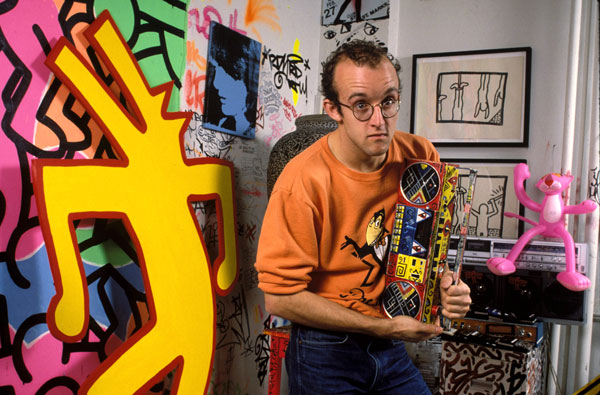
Each week, Dandy Dicks will highlight a key figure in gay culture, be it past or present. These men are what we consider true Dandies, advancing the ideals of gay men everywhere and doing it with lasting influence and style. This week’s installment is on Keith Haring, an artist who has come to embody the gay lifestyle of the 1980s.
The younger generations of gays really don’t have a measure for just how frightening the 1980s were. Gay men everywhere were falling victim to a plague called AIDS that no one quite understood, and instead of finding help found further persecution and isolation. But from this chaos and fear rose an artist who came to define this experience though both his art and his life. His name was Keith Haring, and his all too short life produced a body of work that thrust the conversation about AIDS into the mainstream public consciousness and has become a cornerstone of 20th century art.
Like so many artists of all types before him, he relocated to New York City after a long childhood in rural America. He was born in Kutztown, Pennsylvania, where his father, an amateur cartoonist, introduced him to the world of visual art at an early age. He first began to study art in Pittsburgh, where he focused on commercial art, a genre that may have later informed his accessible, amorphous style.

He arrived in New York near the end of the 1970s, a time when the city was infamous as an uninhibited Mecca for all creative types. It also happened to be when the rules of art were being drastically rewritten by the birth of the street art movement. For the first time in history, artists were able to present their work to the general public completely free from the gallery system that had dictated the medium for decades. Art had never been more available to the masses, and the requirements necessary for becoming a successful artist were rendered nonexistent.
And so after being inspired by his graffiti art contemporaries like Futura, Rammellzee and even Jean-Michel Basquiat, Haring took his art to the streets. And while many street artist’s work upheld classic graffiti trademarks like bubble letters and name tags, Haring’s work stood out because it simply looked like nothing else. Comprised of distinct, intertwined line drawings, his style was hypnotic and cartoonish, catching the eyes of subway riders and people on the street with its mix of simplicity and complexity.
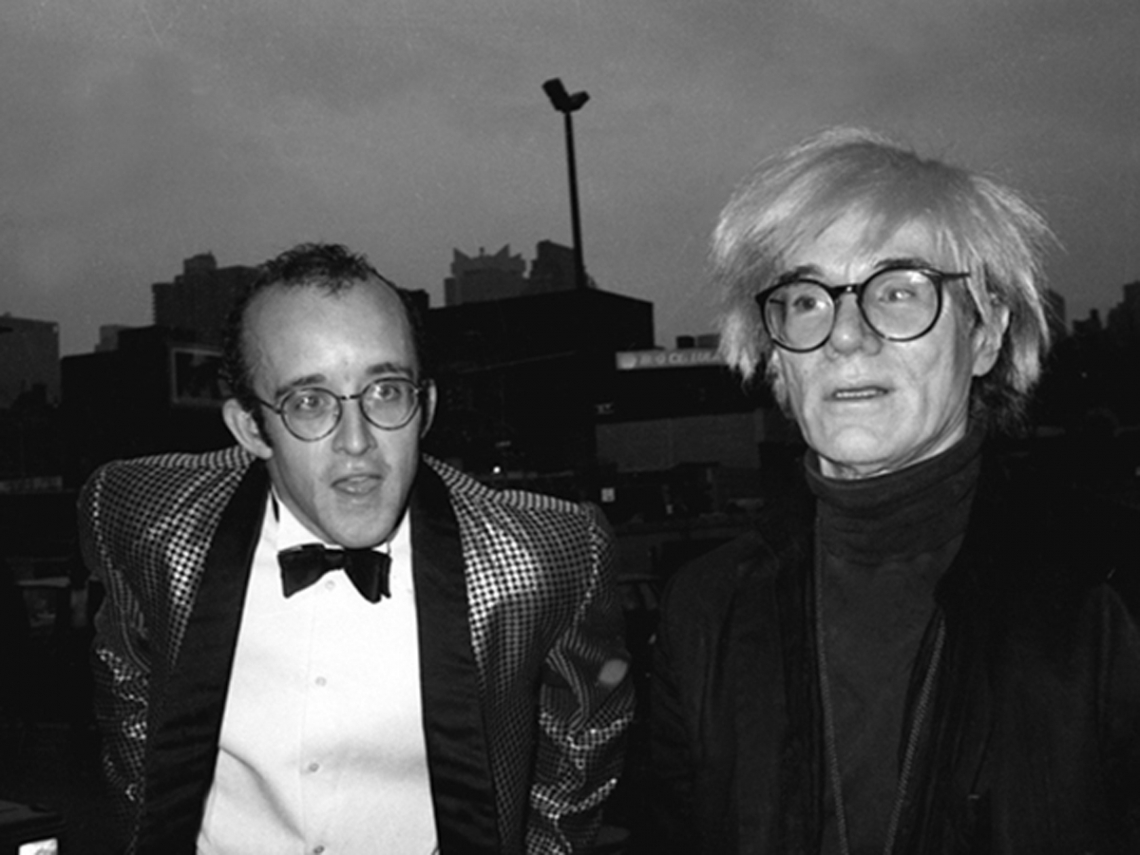
He rose to success incredibly quickly, and he was arguably more successful than most all of his street art peers. He became indoctrinated in the elusive posse of Andy Warhol and the New York art world elite, frequently present at all of the fabulous social events therein. But he also forged lasting friendships with his fellow up-and-coming creative minds, including the aforementioned Basquiat and (amazingly) a young girl working her way through the club scene named Madonna. This friendship produced multiple collaborations, including Haring-designed clothes and album covers that were sprinkled throughout her enormously successful 80s career.
But what made Haring’s work truly resonate with the public, and not just the New York elite, was its subject matter. He first drew attention with a figure known as “The Radiant Baby”, a depiction of a child on all fours emanating with his characteristic expressive lines. It would come to represent a large portion of the rest of his life’s work: an affecting look at the basic tenets of the human experience.
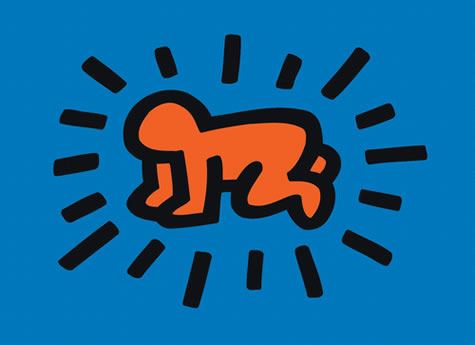
But in addition to the essential facts of life and death, Haring began to translate the broader social issues of the era into his work. The crack-cocaine epidemic ravaging the nation during the mid-1980s was infamously translated into the billboard-sized mural “Crack is Wack”, still visible today in Northern Harlem. He addressed the liberation of South Africa from its era of Apartheid, and he painted a section of the Berlin Wall.
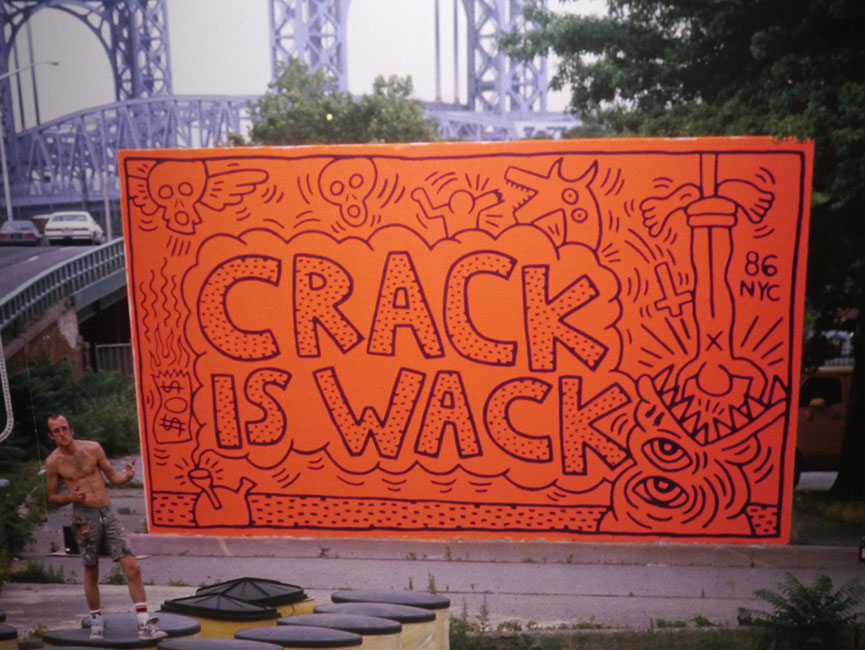
Perhaps inevitably, his work devoted to love and sex – and honest about his homosexuality from the onset – grew into a meditation on the AIDS crisis. Much of his work was overtly sexual, but after he was diagnosed as positive in 1988, skeletons and beasts were now ravaging figures depicted in mid-coital bliss. It was heartbreakingly telling of the climate of fear that now accompanied love and sex in the gay community.
Though he addressed his fears head-on, Haring also used the last years of his life to combat AIDS in both his life and work. He established a foundation that provided work to AIDS organizations and children’s programs, advocating for safe sex and disease awareness in the places where it truly mattered. One of these works is still present in New York today: a mural in the bathroom of Lesbian and Gay Community Services Center that depicts the joys of protected gay sex.
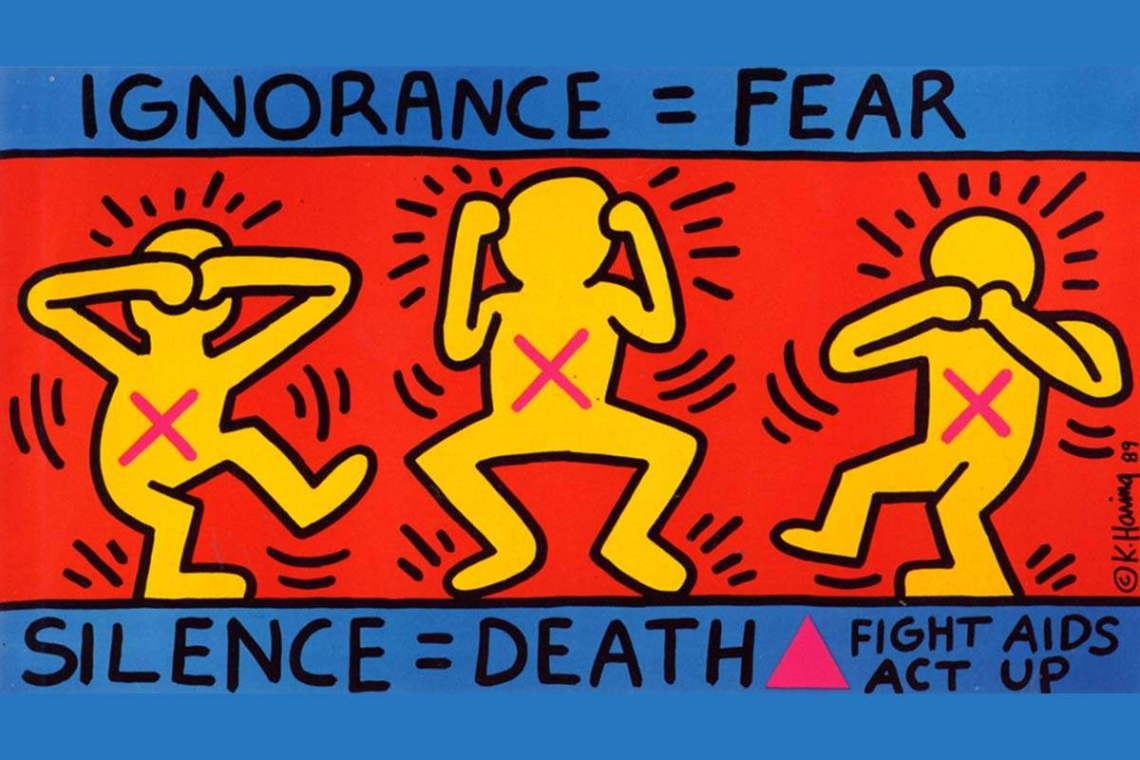
Haring succumbed to the disease at the age of 31, but his contribution to the national conversation around AIDS was immeasurable. In a country where the social climate made gay culture increasingly taboo, he was brave enough to paint a mural in America’s biggest city with a message like “Silence = Death”, forcing the public to engage with an issue that would otherwise be ignored.
Much was done in the aftermath to preserve his legacy. Madonna donated all of the proceeds to her mammoth ‘Blonde Ambition’ concert tour to the Keith Haring Foundation and other affiliated organizations that combatted AIDS. But his work alone is able to speak measures. Both his murals and sculptures can still be found around the planet, from Potsdamer Platz in Berlin to Sydney, Australia. And though it may be overtly commercial to find his figures on sneakers and pullovers, in the end it continues to enshrine one of the most important figures in gay culture, let alone one of the most iconic artists of all time.
Sources: Hedgehogs vs. Foxes, World of Wonder, The New World, Keith Haring, All That is Interesting, Wide Walls
by Jake Indiana







